1992 – 1995
After the dissolution of Yugoslavia with the end of the Cold War, Serbs in Bosnia still saw themselves and the land they lived on as part of Milosevic’s “Greater Serbia.” By the end of 1993, the Serbs had set up their own Republika Srpska in the east and a Bosnian Serb army was in control of nearly three quarters of the country; most Bosnian Croats had been driven out, though a small force continued fighting for its Bosnian territory until 1994; the Bosniaks were hanging on only in the towns.
The European Union tried mediation, without success. The UN refused to intervene, apart from providing some troop convoys for humanitarian aid. Later its peace-keeping force, UNProFor, undertook to protect six “safe areas,” mainly Muslim and including Sarajevo and Srebrenica; it failed. Each so-called safe area, except Sarajevo, fell to the Serbs and was “ethnically cleansed.” This was the Serbian term accepted by the USA and other members of the UN Security Council to avoid any reference to ‘genocide,’ which would by international law demand their intervention.
Srebrenica is situated in the Republika Srpska. In July 1995 Serb troops and paramilitaries led by Ratko Mladic descended on Srebrenica and began shelling it. They had already dealt with Muslim soldiers in the countryside villages. Food supplies and water began to dwindle, buildings were damaged, and people were injured. Soon Serb troops were able to take up positions close to the town’s outskirts.
The contingent of Dutch soldiers which constituted the UN military presence safeguarding the town was poorly equipped and without back-up. Over two dozen of the Dutch soldiers were taken prisoner by the Serbs. No-one wanted to take action that might endanger the hostages’ lives. The Dutch commander repeatedly asked the French to provide immediate deterrent airstrikes, but his requests were repeatedly delayed.
Thousands of Muslims made for the Dutch compound. One morning, representatives of the Dutch battalion and of the Muslims heard that Mladic had made the promise that everyone would be allowed to cross out of Serb territory, but the men would have to be screened first, so that war criminals could be detected, before rejoining their families. Meanwhile, Serb troops quietly surrounded the Dutch headquarter. Serb troops at once began separating off the men from women and children among the civilians outside the UN compound. Women and children were forced on to the trucks and busses. As they were deported, they could hear gunfire echoing around the hills; and they saw corpses lying by the road.
The next day the transports returned to fetch more women and children. By noon the Serbs were ready to deal with the remaining thousands inside the camp. The Dutch gave the order: “Leave the camp in groups of five.” The Serbs stood at the entrance, once again isolating the men and boys. The deportation of Srebrenica’s population took four days, and the UN assisted in a way it didn’t foresee and couldn’t prevent: the Serbs removed the Dutch soldiers’ blue peacekeeping helmets and later wore them themselves to trick escapees into handing themselves over. Some 7,500 men, and boys over thirteen years old, were killed. Up to 3,000, many while attempting to escape to escape, were shot or decapitated in the fields. Some fifteen hundred were locked in a warehouse and sprayed with machine gun fire.
